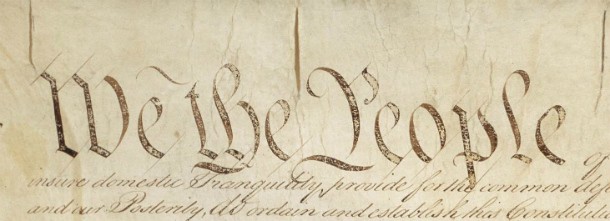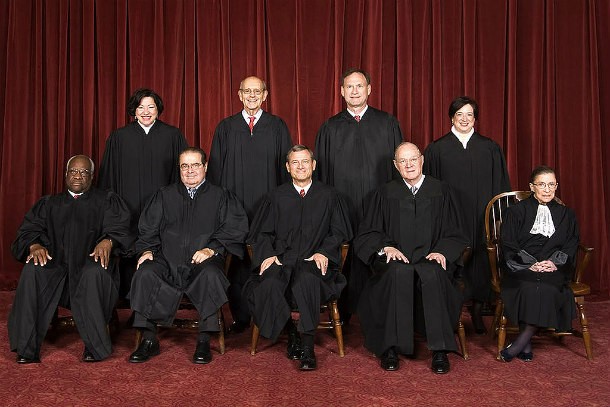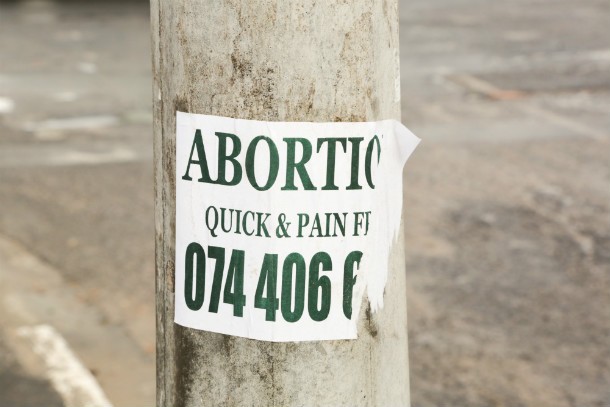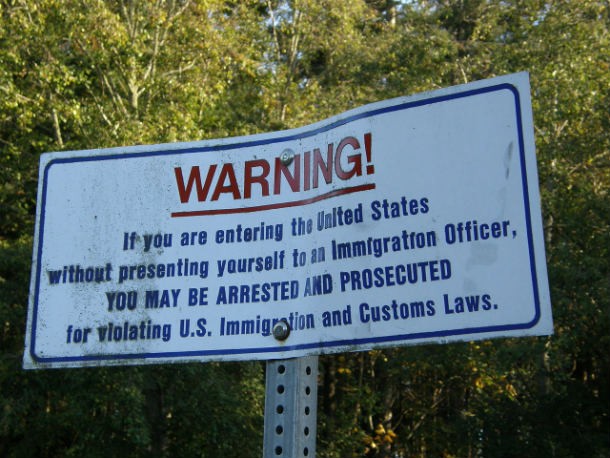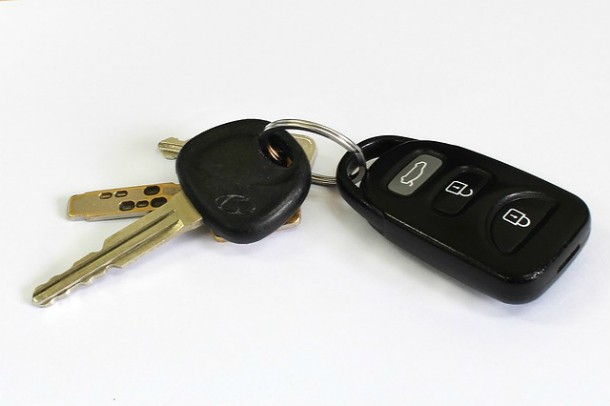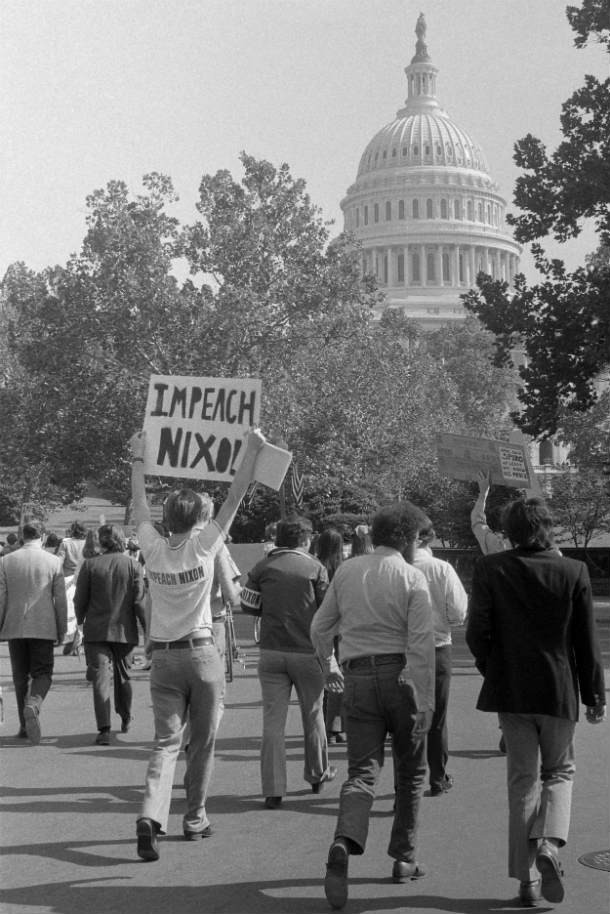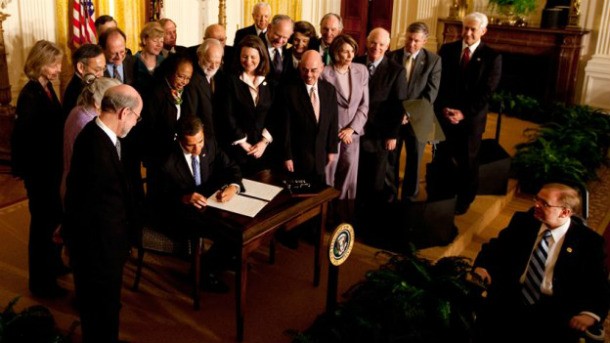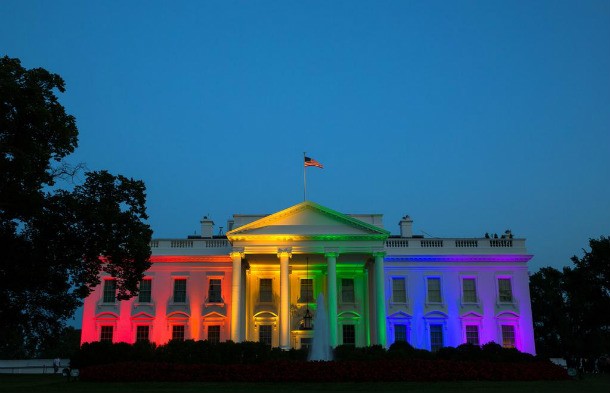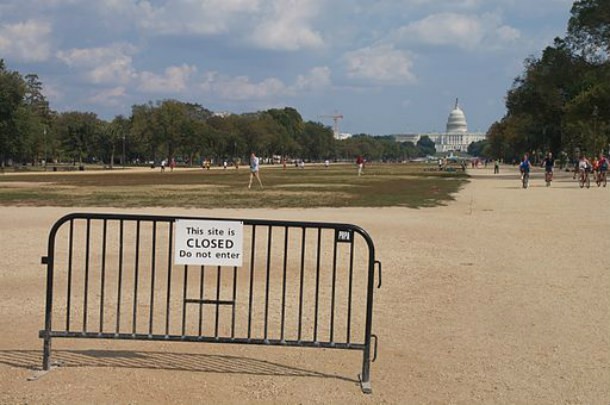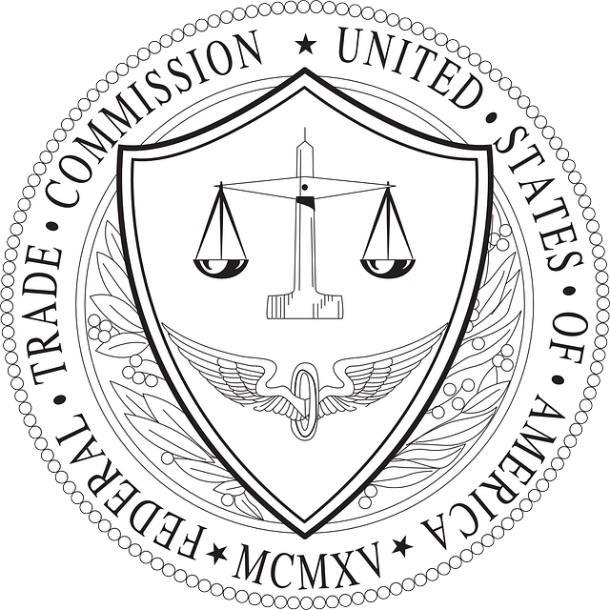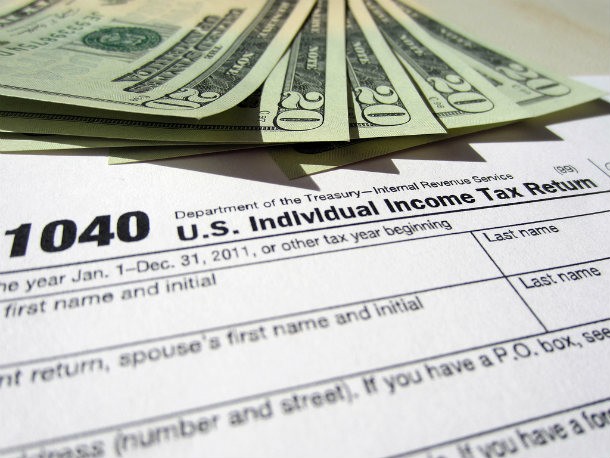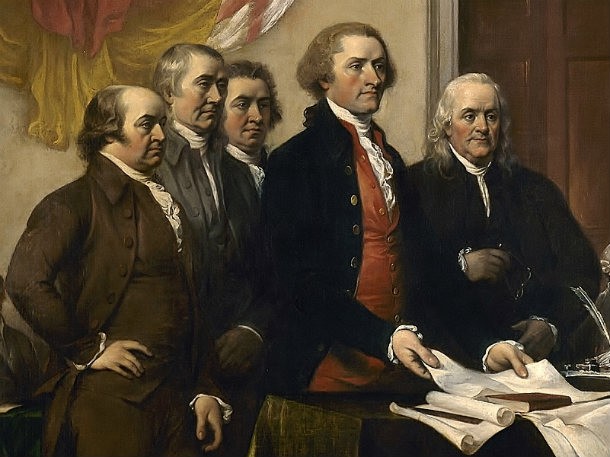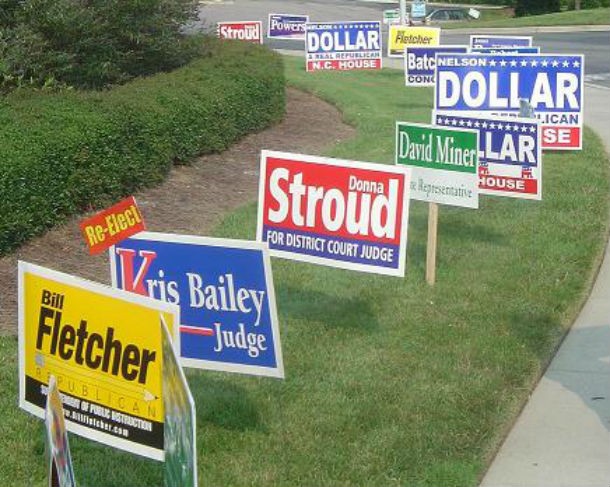25 Things The President Of The US Can’t Actually Do
Contrary to popular belief the Presidency is not an all-powerful position.
Published 8 years ago in Wow
1
Interpret Laws or The Constitution. Does the 1st amendment cover free speech on the internet or no? That judgment is not up to the President. It’s actually up to the SCOTUS (Supreme Court Of The United States), the Judicial Branch of the Federal Government. This is the highest court in the land as the name implies, and it has the final say on interpreting what a law means. The President has no say in these judgments.
2
Choose Members of the SCOTUS on their own. The Supreme Court is a lifetime appointment, meaning that once appointed, a Judge is in for the rest of his or her life unless they choose to retire. Having to replace members is a somewhat rare but serious matter as they’ll hold position longer than the President. Judge Antonin Scalia, who passed away early in 2016, was appointed by Ronald Reagan and approved by the Senate in 1986. While the President does have the job of nominating someone, that nomination has to be approved through the Senate, and they have the power to reject a Presidential nomination.
3
Legalize Medical Marijuana. In order for this to happen, Marijuana would have to be reclassified by the DEA (Drug Enforcement Administration) from a Schedule I (controlled substance, no medical use) drug to a Schedule II (for medical use but have a high risk of abuse) drug. The DEA recently confirmed they won’t be doing that anytime in 2016. States still have the power to allow marijuana for medical and recreational use on a state by state basis.
9
Take Away Social Security Payments. Some candidates may propose laws to increase payments or tax them differently, but these are all a part of a budget that must be passed by congress. Americans pay into the system, and when they retire, they get a monthly stipend, period. There’s lots of talk about “Social Security running out!” but when that’s projected to happen – in 2037 – it merely means that current payments will be reduced by around 10%, and there’s still lots of time for Congress to pass budgets that make up that difference.
10
Repeal or Enforce Common Core or Any Other Federal Standard for Education. States have an individual right to adopt or reject any federal education guidelines like No Child Left Behind or Common Core. While this may affect any federal funding they receive, each individual state has the right to opt into federal standards or keep their own.
14
Add or Reduce Welfare Programs. Welfare reform of any kind has to be passed either as law or as part of a budget, meaning it must go through Congress first. While the president can and often does propose these laws, he or she alone cannot enact or enforce them. Congress consists of two parts: The Senate, and The House Of Representatives. Each state also has it’s own individual Congress to vote on statewide issues.
15
Use Executive Orders To Do Whatever They Want. In the 1950’s, President Truman tried to take control of the nation’s Steel Mills to prevent a strike (Youngstown vs. Sawyer). The SCOTUS determined that the president lacked the authority to seize control of the US steel industry. If the POTUS oversteps his or her bounds of power, the people or Congress have a right to petition the SCOTUS to make a ruling on the Executive Order in question.
16
Seize All Firearms in the Possession of Private Citizens. A lot of buzz is going around about which candidate is pro or anti second amendment, or about new Gun Control. The President (or local police/military acting on his or her behalf) cannot seize anyone’s firearms, even during a nationwide State of Emergency, without legal reason or cause.
19
Enact Trade Policy. While there is a fast track for the President to write trade policy, it still must be passed through Congress. Fast tracking simply means Congress cannot amend; they must vote yay or nay. Congress is the body of the government that controls tariffs according to the Constitution.
24
Alter or Amend the Constitution. The constitution can only be changed via a Constitutional Amendment, which can be initiated by a State or by Congress, but must THEN have a two-thirds vote in Congress before going on to the States, at which point it must have three-fourths of the states agree on the proposed Amendment. In other words, the majority of elected Representatives at a Federal and State level must agree and pass the Amendment. So far, this has only happened 27 times.
25
Change Things on a Local Level. If you care about local taxes, your police department, how the school district is run, what green initiatives are happening in your own area, or drug legalization, you’ll want to make sure you vote down ballot (also known as voting down ticket) because the more local the issue, the further down the ballot (the vote for President being at the top). Your city’s Chief of Police, head of the School Board, or statewide green energy laws may affect your day to day life just as much if not more than who’s elected as President, so it’s worth taking the time to educate yourself on local elections. It is possible to vote down ballot and leave the vote for President blank.

